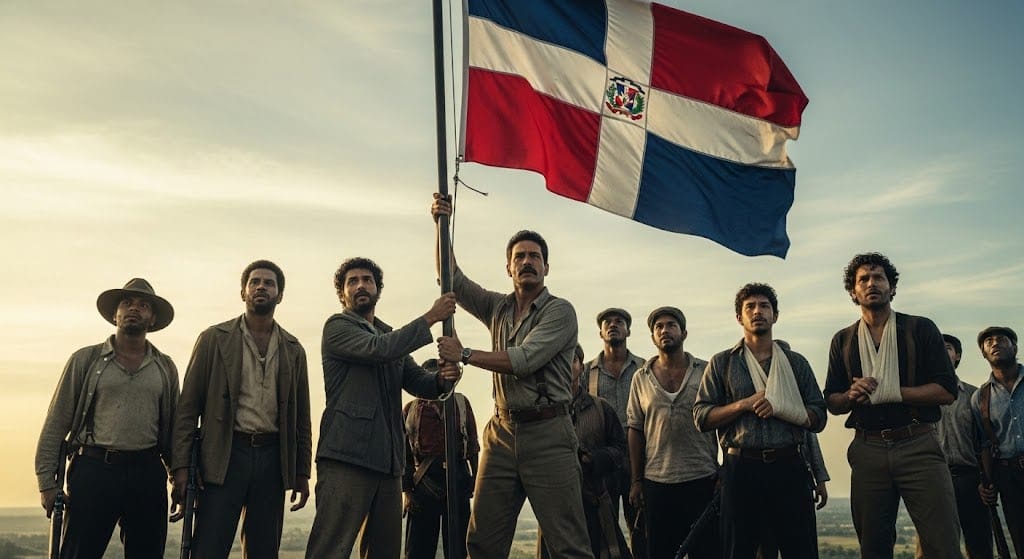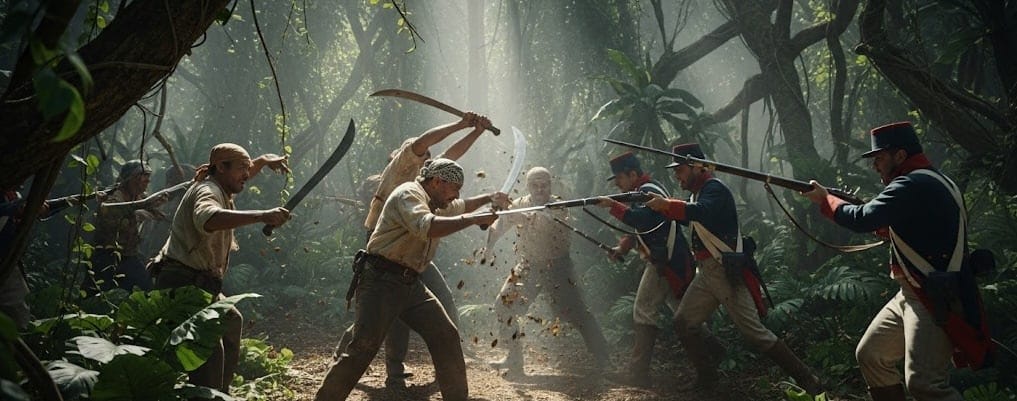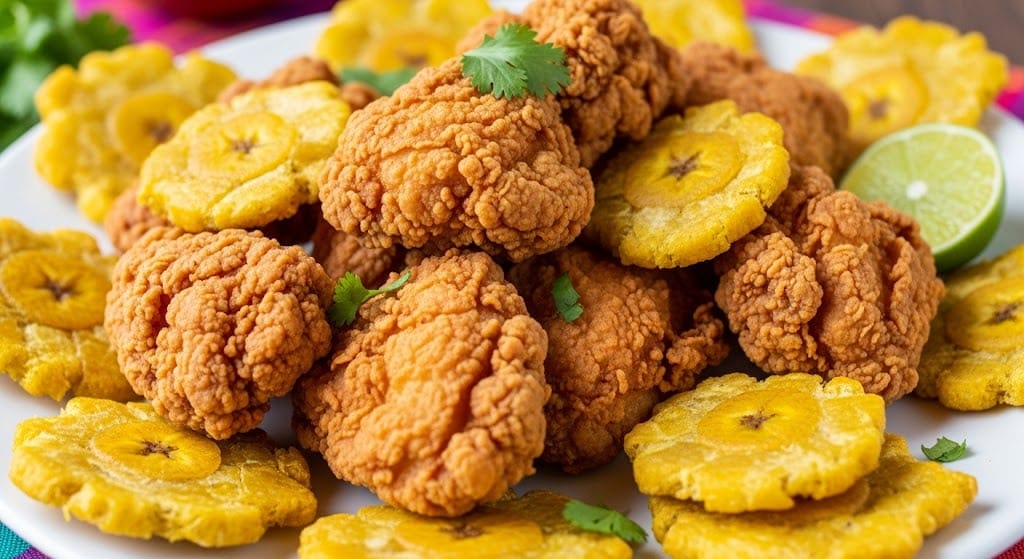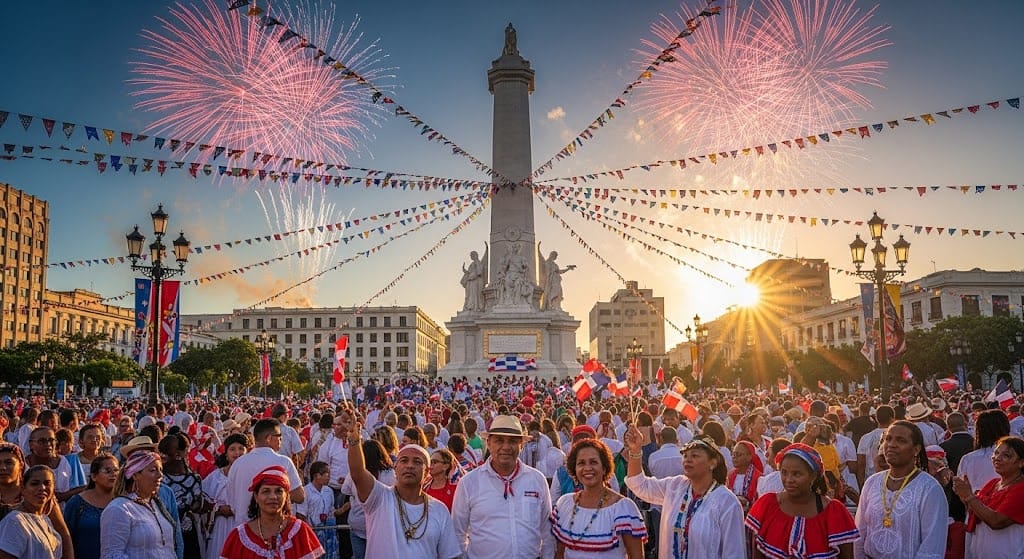The Nation That Won Independence Twice: Dominican Republic's Extraordinary History

Did you know that the Dominican Republic, located in the Caribbean, is the only nation in Latin America to have achieved independence twice? What's even more remarkable is that just 17 years after gaining independence in 1844, they voluntarily returned to Spanish colonial rule, only to expel Spain again four years later.
Why would a nation that had fought so hard for independence willingly become a colony again? The answer is simpler than you might think. The Dominican Republic was literally in a state of total chaos.

After gaining independence from Haiti in 1844, the Dominican Republic suffered through endless crises. Haiti continued invasion attempts for 15 years until 1859, while domestically, two dictators named Pedro Santana and Buenaventura Báez fought constantly for power. The national treasury was completely bankrupt, and their currency was practically worthless. Moreover, Dominicans who remembered the horrific 22 years of Haitian rule (1822-1844) lived in fear of being occupied by Haiti again.
In this situation, then-President Pedro Santana made an extreme choice. In 1861, he handed the Dominican Republic back to Spain. Spain had promised military protection and economic support. They also sweetly promised to maintain Dominican laws, exchange their worthless paper money at face value, and treat them as a province rather than a colony. Most importantly, the United States was preoccupied with its Civil War (1861-1865) and had no capacity to enforce the Monroe Doctrine (which prohibited European intervention in the Americas).
However, Spain's promises proved to be lies within less than two years. Slavery was reinstated, racial discrimination policies were implemented, and religious persecution began. Eventually, Dominicans rose up again, and this was the Restoration War that began on August 16, 1863.
Every August 16th, the entire Dominican Republic buzzes with festive celebrations for 'Restoration Day (Día de la Restauración)'. This isn't just another national holiday – it's the day when 15 men stood up against Spain, one of the world's most powerful empires at the time, and won.
The Revolution Started by Fifteen Men: The Cry of Capotillo
At dawn on August 16, 1863, fifteen men led by a merchant named Santiago Rodríguez crossed from the Haitian border and raised the Dominican flag on Capotillo Hill. The shots they fired became known as 'El Grito de Capotillo' (The Cry of Capotillo).

The return to Spanish colonial rule had actually been President Pedro Santana's decision. He believed Spanish military protection and financial support would solve the nation's problems. But it was an annexation achieved through a rigged plebiscite where only 4,000 out of 280,000 Dominicans voted. Spain promised to maintain Dominican laws and exchange worthless paper money at face value, but broke all these promises within two years.
That's why the rebellion erupted. The amazing part is that within just two weeks, the rebels had seized control of most of the northern Cibao region. Sabaneta, Guayubín, Monte Cristi, Moca... you can imagine how panicked the Spanish forces must have been.
Guerrilla Warfare Textbook: Fighting with Machetes
The Dominican strategy was truly innovative. War Minister Matías Ramón Mella issued instructions that stated: "Our troops must fight sheltered in the mountains and terrain, never risking a general encounter. Shoot quickly, a lot and well, harass the enemy day and night, and cut off their water whenever possible."
In reality, Spanish forces died more from tropical diseases. Yellow fever, malaria, and dysentery killed 1,500 soldiers monthly. Spain deployed 63,000 troops and 27 ships but ultimately lost 23,000 men. In contrast, Dominican casualties numbered around 4,000, showing how effective their strategy was.

Dominican fighters particularly excelled at close combat with machetes. They developed techniques to precisely cut off hands against Spanish bayonets, and General Gregorio Luperón recorded that "the shorter the distance, the more advantages the Dominicans obtained."
Sparking Caribbean Independence Movements
The Dominican victory reverberated throughout the Caribbean. Cuban and Puerto Rican independence fighters learned Dominican guerrilla tactics. Dominican military leaders like Máximo Gómez later joined the Cuban War of Independence, and Puerto Rican revolutionary Ramón Emeterio Betances served as a Dominican diplomat and designed the Lares uprising flag based on Dominican restoration symbols.
Interestingly, Haiti, usually an enemy, helped the Dominican Republic. When Spain tried to expel Haitians from border areas, Haitian President Fabre Geffrard abandoned neutrality and supported Dominican rebels. It was a rare moment when the entire island of Hispaniola united against Spanish colonialism.
Here's another fun fact! A Chinese man called 'Pancho el Chino' fought in the Restoration War in 1864, becoming the first recorded Chinese person in the Dominican Republic. The 'Pica Pollo' (Chinese-style fried chicken) restaurants you see everywhere in the Dominican Republic today trace their origins back to this time. History is truly fascinating!

Modern Restoration Day: Festivals and Memories
Today, Restoration Day is one of the Dominican Republic's most important national holidays. Presidential inaugurations are held on August 16 every four years, symbolizing new leaders inheriting the restoration's legacy. In 2024, President Luis Abinader took his second oath of office on this day.
Santiago, the epicenter of the Restoration War, hosts the grandest celebrations. The city's 70-meter Monument to the Heroes of the Restoration becomes the focal point, with 365 steps (representing year-round care for citizens) that offer panoramic city views from the top. Inside are murals by Vela Zanetti depicting restoration battles, with historical exhibitions across five floors.

Military parades starting around 3 PM feature tank displays, helicopter flyovers, and flag-raising ceremonies, concluding at dusk with fireworks over Santo Domingo's Malecón waterfront. But the real festival happens in the streets. UNESCO-recognized merengue and bachata music fills the air, and people share 'La Bandera Dominicana' (rice, beans, and meat representing the flag colors), mangú (mashed plantains), and lechón asado (roast pork) in celebration.
